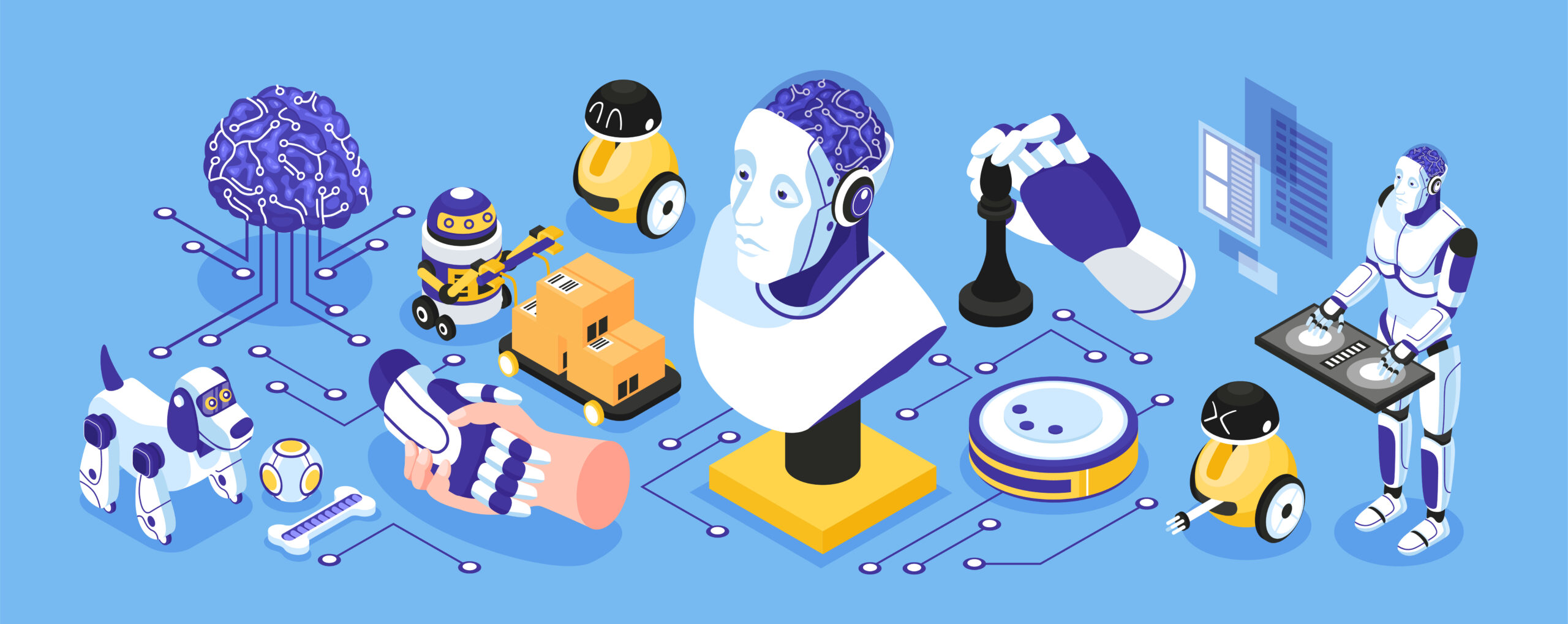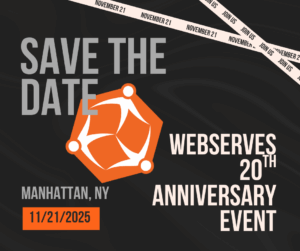What Makes an AI Work?
Welcome back to our AI Awareness Campaign. This is part 5 of the series, you’ll find the rest of the articles below.
Artificial Intelligence (AI) is everywhere—from voice assistants like Siri and Alexa to self-driving cars and Netflix recommendations. But what exactly makes it work? How does it “think” and make decisions?
1. Learning from Experience (Machine Learning)
AI isn’t born smart—it learns from experience, just like humans. This process is called machine learning (ML). Instead of being programmed for every possible situation, AI looks at tons of data, finds patterns, and improves over time. That’s how Google knows what you’re searching for before you even finish typing! Artificial intelligence, at its core, isn’t about rigid programming for every conceivable scenario. Instead, it’s a dynamic process where the AI system ingests massive volumes of data, identifies patterns within that data, and then uses those patterns to make predictions or decisions. This learning process allows the AI to continuously improve its performance over time. This adaptability is what powers features like Google’s predictive search, where the AI has analyzed so much search data that it can often accurately guess what you’re looking for after just a few keystrokes.
2. Thinking Like a Brain (Neural Networks)
Ever heard of neural networks? These are AI’s attempts to mimic the way our brains work. Just as our brains use billions of neurons to process information, AI connects digital “neurons” to recognize faces in photos, understand speech, or even create art.
Neural networks are a prominent advancement in the field of artificial intelligence. They are designed to emulate the human brain by utilizing interconnected “neurons” for information processing. Similar to how the brain employs neurons for cognitive functions and learning, AI harnesses them for a wide array of tasks, including facial recognition in images, natural language processing, and even artistic creation.
The true potential of neural networks lies in their ability to learn and improve over time. By analyzing vast datasets, they can identify patterns that might elude human observation. This capacity for continuous learning enables them to become increasingly proficient in their assigned tasks. Neural networks are revolutionizing various fields, from autonomous vehicles capable of navigating complex traffic scenarios to medical systems that can diagnose diseases with exceptional accuracy, demonstrating the immense power of artificial intelligence.
3. Talking to Us (Natural Language Processing)
Have you ever chatted with a chatbot or asked Siri a question? That’s Natural Language Processing (NLP) in action. AI can understand and respond to human language, whether analyzing emails for spam or translating languages in real-time.
Natural Language Processing (NLP) is a branch of artificial intelligence that enables computers to understand, interpret, and generate human language. NLP powers many everyday technologies, such as voice assistants, online translators, and spam filters. NLP algorithms analyze the structure and meaning of human language to perform tasks like language translation, text summarization, sentiment analysis, and question answering.
4. Seeing the World (Computer Vision)
AI can “see” too! Computer vision allows AI to recognize objects, people, and emotions in images and videos. That’s how facial recognition unlocks your phone and how self-driving cars “see” traffic signs and pedestrians.
Computer vision, an AI field, enables machines to interpret the visual world by analyzing images and videos to identify objects, faces, and emotions. Applications range from facial recognition in smartphones and self-driving cars to healthcare diagnostics and retail optimization. This technology has the potential to improve accessibility, security, and surveillance.
5. Data + Smart Algorithms = AI Magic
Behind the scenes, AI relies on vast amounts of data and clever algorithms to make decisions. The more data it processes, the smarter it gets. That’s why your social media feed always seems to know what you like—it’s AI studying your habits!
Let’s take a peek behind the curtain and see how AI really works. At its core, AI is fueled by massive datasets and sophisticated algorithms that allow it to learn and make decisions. It’s like a sponge, constantly absorbing information and getting smarter over time. The more data it processes, the better it becomes at recognizing patterns and making predictions.
Think about your social media feed. Have you ever noticed how it always seems to show you content that you’re interested in? That’s AI at work, analyzing your online behavior and using that information to curate a personalized experience. It’s constantly learning about your preferences and tailoring its output accordingly.
6. AI in Action: Automation and Robotics
AI is transforming our lives and various industries. In healthcare, it enables faster diagnoses and personalized treatment. In finance, AI detects fraud and automates investment strategies. Manufacturing utilizes AI-powered robots to increase productivity, while smart home devices and AI-driven retail recommendations enhance our daily lives. Companies like Amazon use AI for warehouse automation, and the transportation industry is developing self-driving vehicles. While concerns remain, AI’s potential to revolutionize industries and improve efficiency is significant.
The Future of AI
Artificial intelligence is rapidly changing the world around us. From healthcare and shopping to entertainment, AI is enhancing our lives in many ways. While it’s not going to replace humans anytime soon, it’s making things more efficient and convenient. So, the next time you get a product recommendation or ask your smart speaker to play a song, remember that it’s AI that’s working hard to improve your experiences.
Previously:
Part 1 – Where AI is Being Used—and Where It Could Go Next
Part 2 – Who Takes Responsibility for AI?
Part 3 – What Can Our Laws Do About AI?
Part 4 – The Best AI Platforms for Everyday Use: What’s Right for You?
Thank you for reading our AI Awareness Campaign Series.




